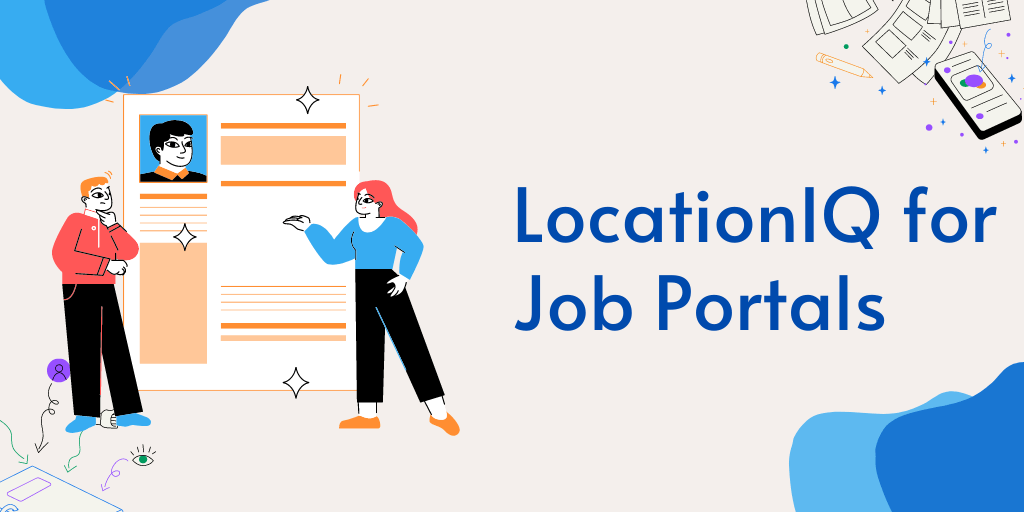Looking to enhance your travel platform and provide a better experience for your users? You’re in the right place. The travel space is very competitive and it’s essential to offer features that stand out from the rest. The global online travel market is projected to reach USD 1,835.6 Bn by 2030, with the majority of bookings being made through online platforms. The global demand for online travel is fueled by better access to mobile phones and the internet. Innovative travel apps are making it easier for people to plan and book trips. Moreover, increase in disposable income combined with use of social media plays a significant role in promoting new destinations.
That doesn’t mean travel platforms are on a roll – it’s a competitive market out there and the key to succeed is to have Accurate information, reliable packages, & an excellent user experience. This is what the market looks like today:
| Type | Examples | What they do well |
|---|---|---|
| Online Travel Agencies (OTAs) | Expedia, Booking.com, Priceline | Travel options with search & comparison |
| Metasearch Engines | Kayak, Skyscanner, Google Flights | Aggregate search results from multiple OTAs |
| Travel Search Engines | TripAdvisor, Yelp, Lonely Planet | User-generated reviews and ratings |
| Vacation Rental Platforms | Airbnb, HomeAway, VRBO | Book unique accommodations directly from hosts. |
| Travel Social Networks | Travello, Wayn, Couchsurfing | Connect travelers with local hosts and other travelers. |
| Travel Planning Apps | TripIt, Sygic Travel, TripHobo | Help users plan their trips by creating itineraries |
| Travel Deal Websites | Travelzoo, Groupon Getaways, LivingSocial Escapes | Offer limited-time deals and discounts on travel packages. |
Different types of travel platforms cater to various needs and preferences. Online Travel Agencies (OTAs) offer a one-stop-shop for booking travel. Metasearch engines aggregate search results from multiple sources to offer the best prices. Travel search engines provide user-generated reviews and ratings to help users make informed decisions. Vacation rental platforms let users book unique accommodations directly from hosts, while travel social networks connect travelers with locals and other travelers. Travel planning apps help users plan their trips, and travel deal websites offer limited-time discounts on travel packages. Adventure and luxury travel platforms specialize in organizing unique experiences for their customers. It’s important to find the right platform that suits your needs and preferences.
One thing that ties all these platforms together is their use of location technologies such as geocoding, autocomplete, maps, and routing API. Here’s how this looks from a user’s perspective:

Tailoring the User Experience
The scramble for excellent user experience starts right from when someone visits the website. Your website can tailor the content on your platform by looking up the users’ location via their IP address. For example, if a user is located in Paris, the platform can suggest popular tourist attractions like the Eiffel Tower, the Louvre Museum, or Notre-Dame Cathedral – all this without the user having to input their location.
Ofcourse, this is not always the ideal approach since users’ are usually planning for the trip ahead. This requires presence of a search bar on the website, allowing the user to input the name of the source/ destination. This search box is usually powered by an Autocomplete API that suggests matches based on the characters entered. This saves time and effort for the user and improves the overall user experience. Once a user selects a place, the autocomplete outputs the coordinates/ name of the place which can be used to showcase relevant data points on your platform.
These relevant data points cannot be just shown in any order. There has to be an option to showcase destinations in the order of closest to farthest from the center of destination so user’s can plan their trip well. This can be done by using distance matrix API, which outputs distances between a given pair of sources and destinations.
- Website can personalize content based on user’s location via IP address lookup.
- Autocomplete API suggests matches for search bar inputs, saving user’s time and effort.
- Autocomplete outputs coordinates/name of the selected place to showcase relevant data points.
- Distance matrix API can showcase destinations in order of proximity for efficient trip planning.

Visualizing Data Points:
Maps are used to visualize all types of data points like source/ destinations/ alternate routes/ points of interest and more. This way, the user has a sense of what the place looks like from a birds’ eye view. Dynamic maps are best suited for this particular implementation as it allows the user to zoom in/out and move around the area effortlessly. When a user selects a destination, Routing API is used to calculate the distance and time it takes to travel to the destination from their current location. Maps then show the user the route to the destination and any potential detours or alternative routes.
- Maps are used to visualize various data points, including sources, destinations, alternate routes, and points of interest.
- Dynamic maps are ideal for easy zooming and movement around the area.
- Routing API calculates the distance and time from the current location to the destination.
- Maps display the route to the destination and any detours or alternative routes.

Itinerary & Reporting
When a user books accommodations and activities, static maps can be used to display locations on the itinerary, giving users a quick snapshot of the destination. For example, a static map can display the address of the hotel, making it easy for users to navigate to the property upon arrival. Similarly, a static map can show the location of the airport and nearby transportation options, allowing users to plan their travel to and from the airport. Static maps are non-interactive, meaning that users cannot interact with them like dynamic maps, but they provide necessary information quickly without eating up bandwidth. This is especially useful in areas with poor network connectivity or when traveling abroad, where data roaming charges can be expensive. In addition, static maps can be easily integrated into a travel platform’s itinerary or booking confirmation emails, providing users with a visual representation of their trip and enhancing their overall travel experience.
- Static maps display locations on the itinerary, giving users a quick snapshot of the destination.
- Static maps can be integrated into travel platforms’ itineraries or booking confirmation emails for visual representation and improved user experience.
Overall, the proper implementation of Location APIs can enhance the user experience and boost engagement on your platform. Larger platforms such as Booking.com and Expedia have made significant strides in utilizing technology to increase customer retention and loyalty, but there is still a long way to go as users continue to have high expectations and demand more.
By leveraging LocationIQ’s powerful geocoding, autocomplete, maps, and routing APIs, you can take your platform to the next level and give your users the best possible experience. If you’re ready to take the first step towards creating something wonderful, sign up for LocationIQ now and start exploring our API offerings. We’re excited to learn about your implementation and work with you to create a platform that your users will love. Let’s build something great together!




